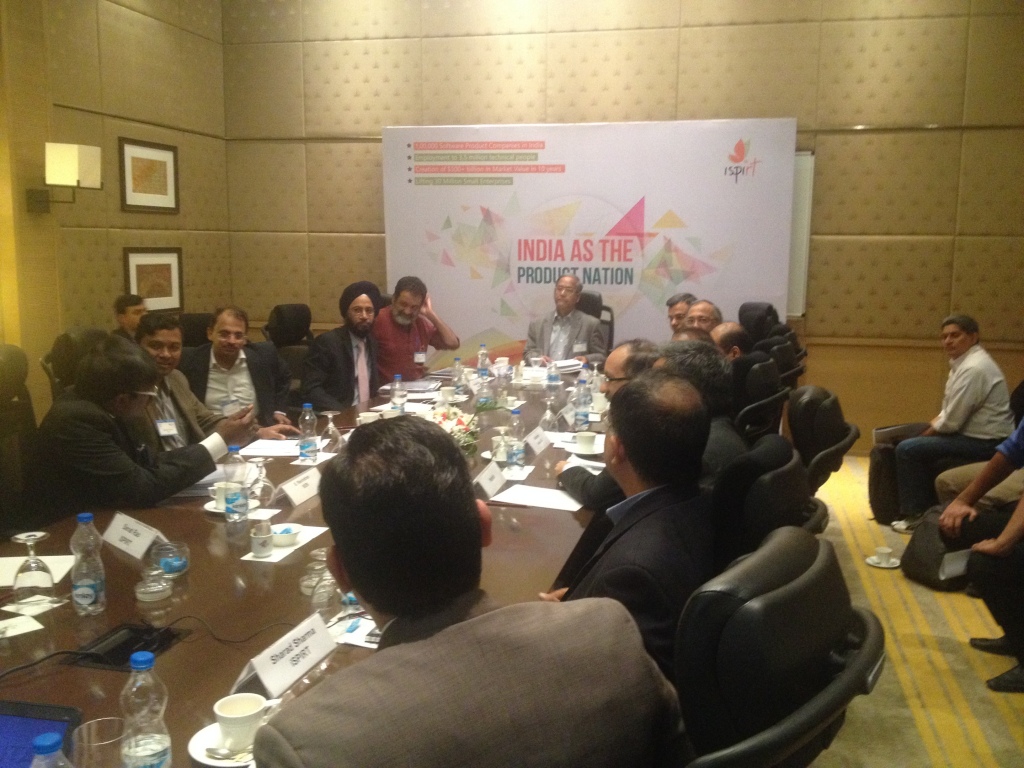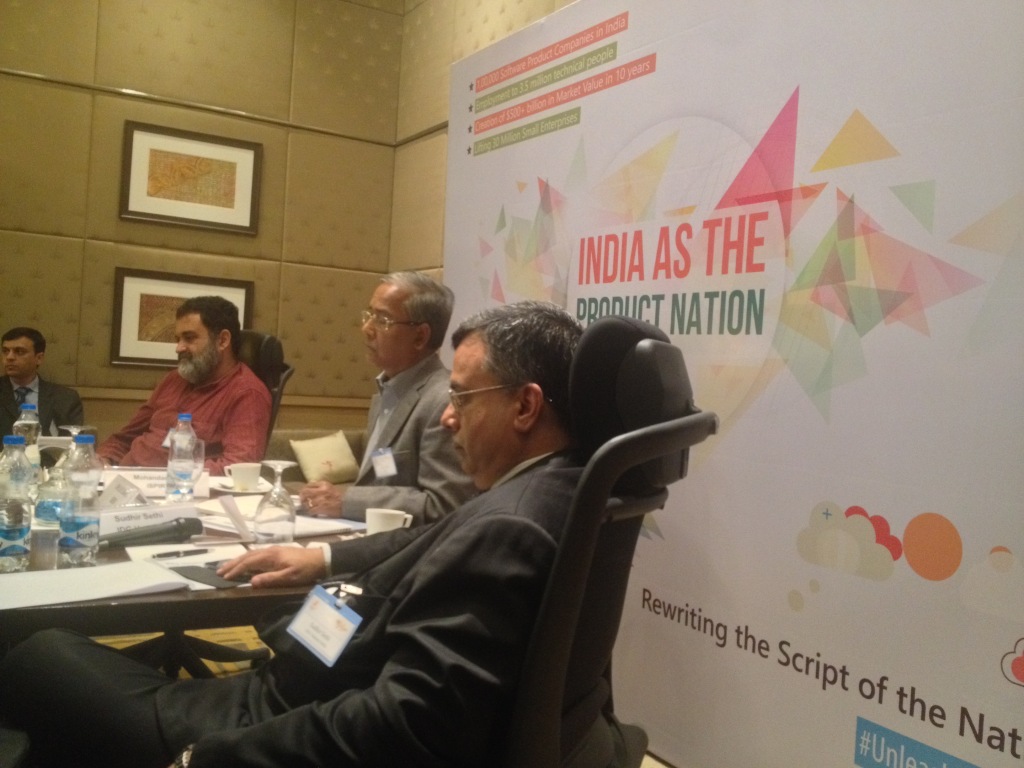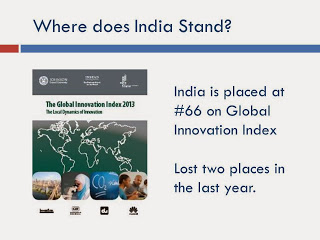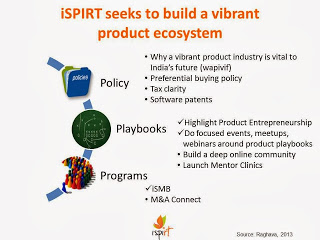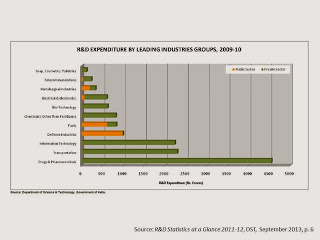It’s been two years since the fateful 2016 budget which recognised “Startups” as a separate breed of companies unto themselves, demanding bespoke treatment from the government and authorities. The clarity brought forth helped quell the nerves of both companies and investors, who had to otherwise resort to exotic exercises, supplementary structures, and platoons of professionals to keep their entrepreneurial dreams alive.
As we all await with bated breath for the slew of reforms expected of the Finance Minister, it behoves us to see how far we’ve come and how much further we need to proceed so that a billion dreams may become a reality.
This article is the first part of a two-part series which explores how Startup India has eased the friction in the Startup ecosystem so far, from an investor’s perspective with the second part talking about the next step of reforms which would have a multiplier effect on the ecosystem.
Flywheel of Funding
More often than not, any coverage about fundraising covers the journey of startups and entrepreneurs and the travails of raising their multimillion dollar rounds. But there exists another dimension to this story, that of fund managers raising their own funds. A large section of the investor community was elated that the government recognised this oft-ignored story and created the Rs 10,000 Cr (USD 1.5 billion) Fund of Funds managed by SIDBI which invests into SEBI registered AIFs and Venture Capital Funds.
This approach seeks to galvanise an ecosystem through a flywheel effect, instead of gardening it via direct intervention. The 10,000 Cr corpus can help seed AIFs worth Rs 60,000 Cr in India, which when fully deployed, is estimated to foment 18 lakh jobs and fund thousands of Indian startups. By contributing a maximum of 20% of the corpus of a fund, many fund managers can hasten they fundraise and concentrate more on helping their portfolio companies raise, instead of competing with them.
The Fund of Funds has invested into 88 AIFs so far, thus galvanising more than 5,600 Cr (USD 873 million) worth of investments into 472 Startups.
Bringing back tax breaks, not a back-breaking Tax
The Government’s support of Indian investors found its way into the Income Tax Act, with several measures to incentivise investments into the Indian Startup ecosystem, such as:
- Insertion of Section 54 EE, which exempts Long-Term Capital Gains up to Rs 50 lakhs provided it has been invested in the units of a SEBI registered AIF
- Insertion of section 54GB, which exempts Long-Term Capital Gains of up to Rs 50 lakhs provided it been invested into the shares of a Startup which qualifies for section 80IAC
- Clarifying that the conversion of debentures or preference shares to equity shares will not be considered as a transfer and thus subject to capital gains at the point of conversion (the entire Venture Capital industry is based on convertible debentures and preference shares and this move has settled long-standing disputes regarding the instruments of investments)
- Issuing a notification that the dreaded angel tax will not apply to shares issued at a premium to domestic investors by those startups who qualify under the DIPP scheme (although the scope of this needs to be extended to rid the spectre of angel tax that haunts various investors and entrepreneurs)
- Clarifying that the stance of the assessee in categorising the sale of listed securities held for more than 1 year as Capital Gains or Income from Business can’t be questioned by the taxman
- Changing the definition of a capital asset to include any securities held by a Foreign Portfolio Investor, thus removing the friction arising from asset classification (a similar provision is sorely needed for domestic hedge funds and Category III AIFs)
Capital without Borders
The Startup India scheme over the past few years has rolled out the red carpet to foreign investors while rolling back the red tape. The success of this is evidenced by the percentage of funding foreign capital represents in the Indian startup ecosystem, which is 9 times higher than domestic capital investment.
Some of the initiatives include:
- Liberalising Foreign Direct Investment into most sectors including financial services, single brand retail, pharma, media and a host of other sectors up to 100% in most areas
- Abolishment of the Foreign Investment Promotion Board
- Relaxation of External Commercial Borrowings (ECBs) for Startups for up to USD 3 million
- Allowing for issue of shares for non-cash consideration to non-residents under the automatic route
- Marshalling foreign investment into Indian entities primarily for the purpose of investing in other Indian entities has been brought under the automatic route as opposed to the previous government approval route
- Dismantling the approval mechanism for the transfer of securities by a Foreign Venture Capital fund to an Indian resident
- Moving most of the filings (FCGPR, FCTRS, etc) to an online window managed by the RBI (ebiz.gov.in)
Well begun is half done
The government’s efforts to improve life for Startups in investors have begun to bear fruit in tangible ways as evidenced by the reduction in the number of companies seeking to have a Delaware entity with Indian operations. The recent leapfrog in the “Ease of Business” rankings also stands testament to this.
The Government must now seek to consolidate all these gains and clarify its stance and the stance of the tax department on long pending issues which have been a bane to all startups. While we have miles to go before we sleep, we must look back and take note of what we’ve achieved before we seek to scale greater heights.
This post has been authored by Siddarth Pai of 3one4 Capital




